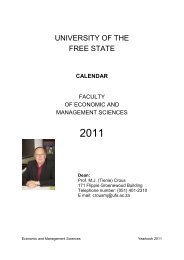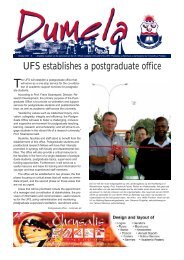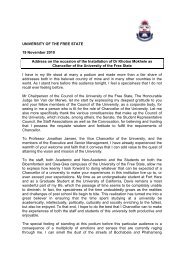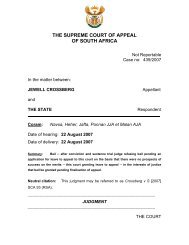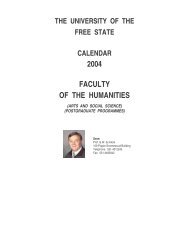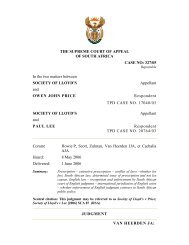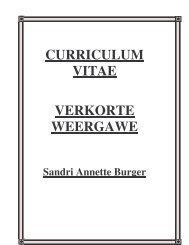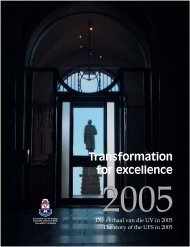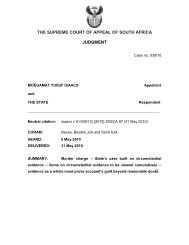THE SUPREME COURT OF APPEAL OF SOUTH AFRICA ...
THE SUPREME COURT OF APPEAL OF SOUTH AFRICA ...
THE SUPREME COURT OF APPEAL OF SOUTH AFRICA ...
You also want an ePaper? Increase the reach of your titles
YUMPU automatically turns print PDFs into web optimized ePapers that Google loves.
and, as the affidavit confirms, the spice of the article lay in revealing the name.19[61] In constructing the editorial Weideman knew that she was addressing herself to apublic that wanted an answer to that question. The cover had been designed to stimulatethat enquiry.[62] It is clear from the editorial that the first respondent was irritated by the grant of theinterdict and of the opinion that the judge had wrongly interfered with what she perceivedas press freedom. Her description of the deleted passages as ‘regstegnies’ and of thechanges in the article as ‘gering’ reflected her disdain for the order. She was clearlydetermined to publish the article. For the reasons already mentioned her resort to ‘thepublic interest’ must be taken with more than a pinch of salt.[63] In the second paragraph of the editorial the appellant is identified by name as theapplicant for the interdict. He is described as a singer and in the same breath the reader istold that the alleged abuser is a well-known figure in the Afrikaans music world. In thefourth paragraph we learn that the article was submitted to the abuser for comment. Theassertion is emphatically made that although the article may not be published the name ofthe applicant for the interdict could be disclosed.[64] Weideman provided no rational explanation for mentioning the name of theapplicant for the interdict or for her express reference to her right to publish it. Nor wascounsel able to suggest an innocent reason for her doing so. The editorial did not say orsuggest that Els had acted on behalf of the alleged abuser. Nor did it say that Els was notthe abuser. Any reasonable reader would drawn the inference that the omission to do sowas deliberate.[65] The design of the cover of Huisgenoot cannot be divorced from the editorial. Thephotograph of the abuser was, as I have noted, taken from the cover of a current CD andDVD released by Els which showed a full length picture of him. The reproduction on themagazine cover would be recognised and identified beyond any doubt from a simplecomparison of the clothing worn by the subject. Moreover, as the answering affidavit



